Photo


»femme terrible« by birk rohelend
listen to the original in estonian language here
977 notes
·
View notes
Photo

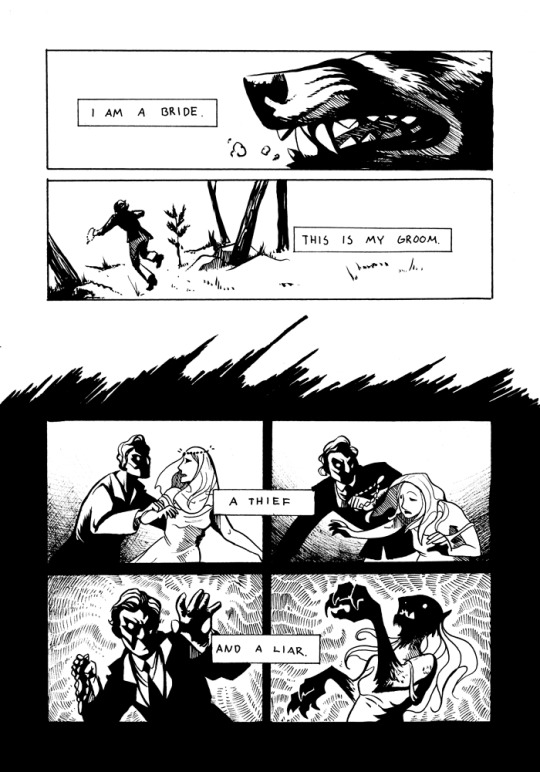

I Am a Bride
A short comic inspired by Finnish werewolf folklore in which it is many times the wedding couple and/or the entire wedding party that is bewitched to turn into wolves by a resentful guest or family member.
184K notes
·
View notes
Photo
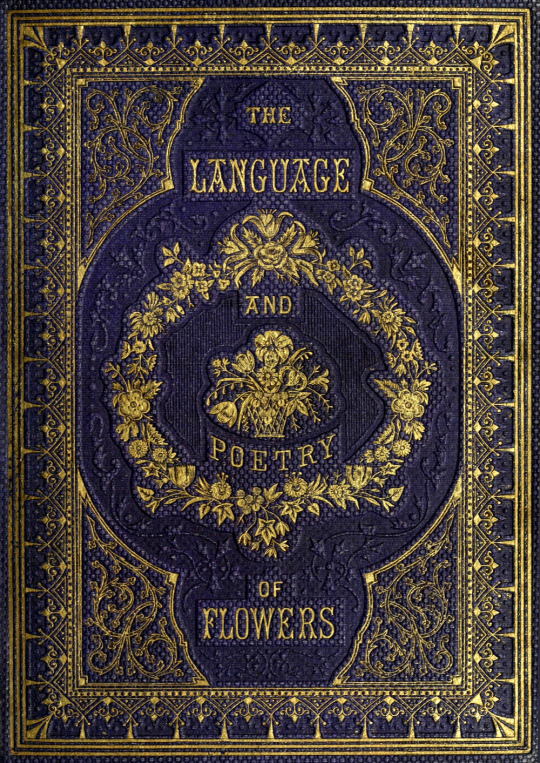
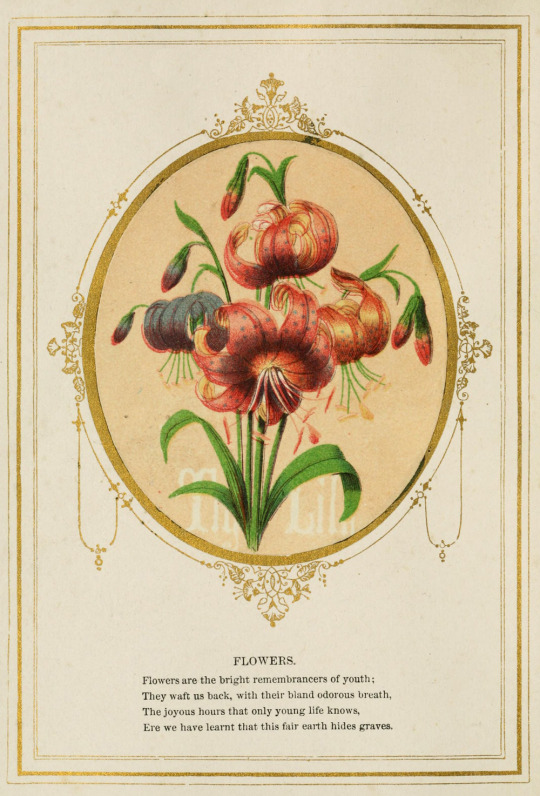
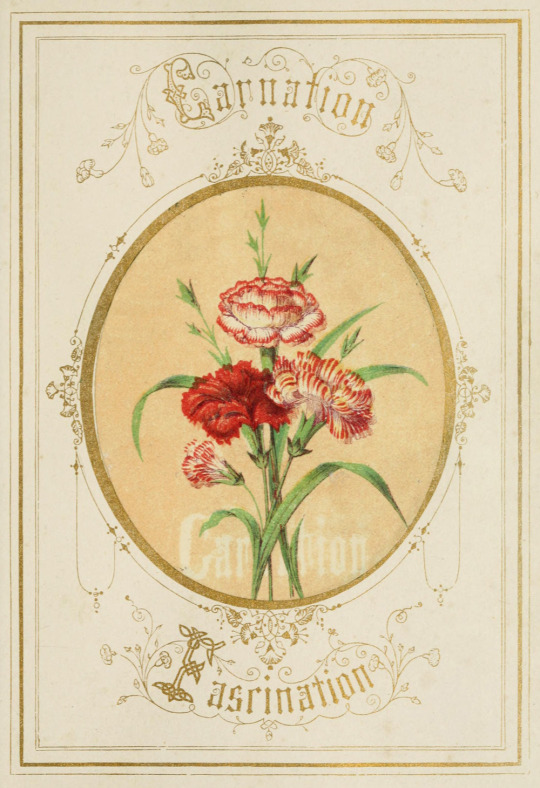
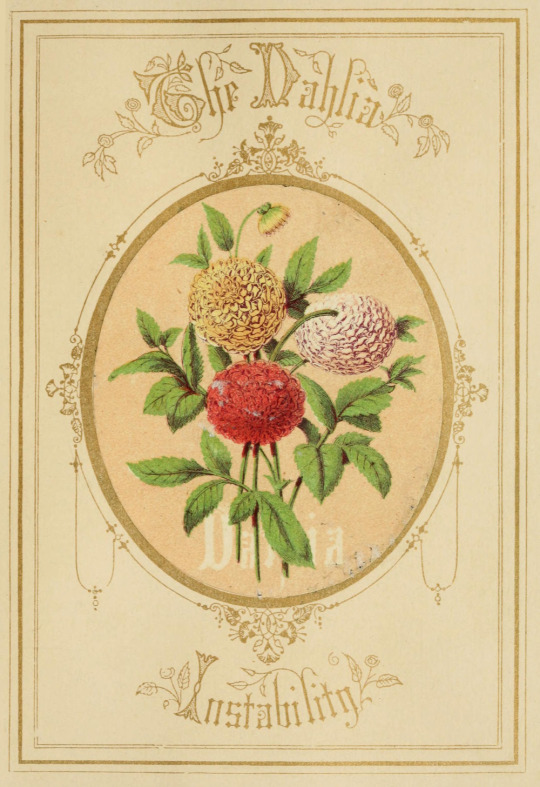
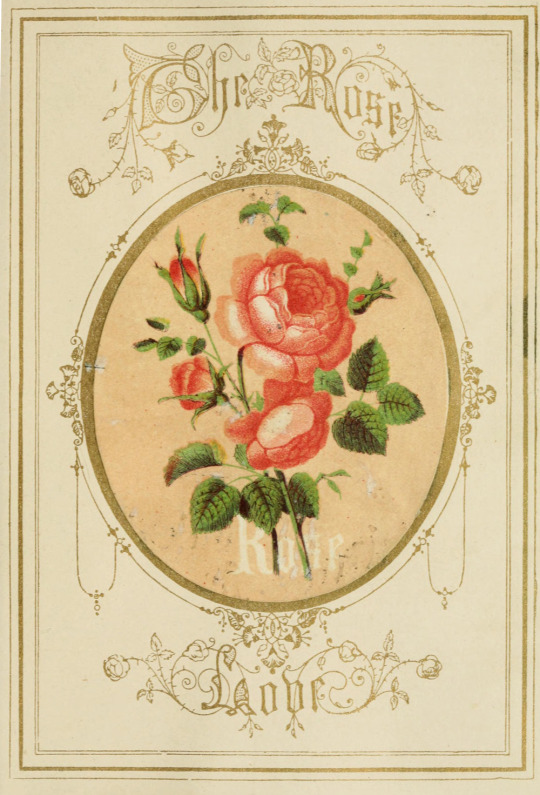
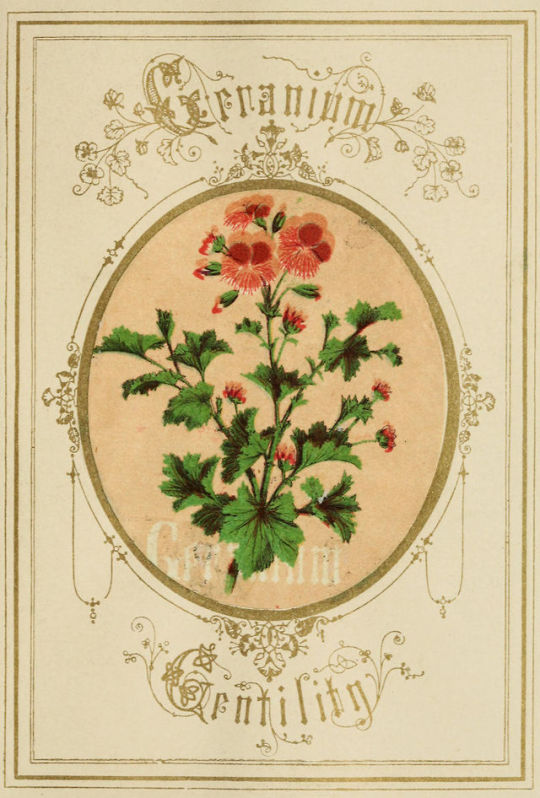


The Language of Flowers: An Alphabet of Floral Emblems (1857). Found in the Internet Archive by AnitaNH
13K notes
·
View notes
Photo
this botany of death




Les statues meurent aussi (Statues also die), Chris Marker, Alain Resnais, 1953
1K notes
·
View notes
Photo
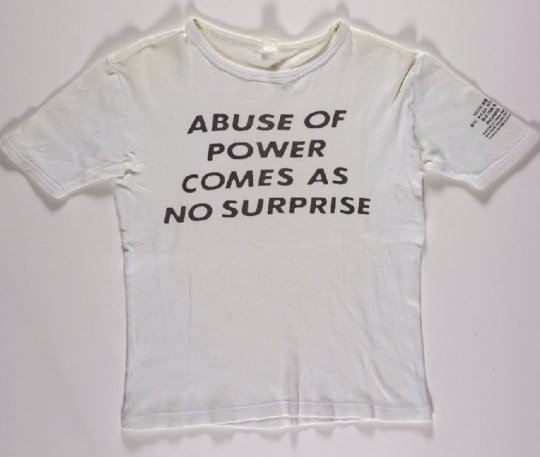
Jenny Holzer: Abuse of Power Comes as No Surprise - c.1984
61K notes
·
View notes
Quote
A: Then do you link this modernity to mass production? to repetition? Do we rediscover here a questioning of writing, of the pharmakon?
JD: I have indeed attempted to link up the problematic of the pharmakon with the very disconcerting “logic” of what we casually call “repetition.” In the Phaedrus writing is presented to the king, before the law, before the political authority of power, as a beneficial pharinakon because, as Theuth claims, it enables us to repeat, and thus to remember. This then would be a good repetition, in the service of anamnesis. But the king discredits this repetition. This is not good repetition. “You have found a pharmakon not for memory (mneme), but rather for recollection (hypomnesis).” The pharmakon “writing” does not serve the good, authentic memory. It is rather the mnemotechnical auxiliary of a bad memory. It has more to do with forgetting, the simulacrum, and bad repetition than it does with anamnesis and truth. This pharmakon dulls the spirit and rather than aiding, it wastes the memory. Thus in the name of authentic, living memory and in the name of truth, power accuses this bad drug, writing, of being a drug that leads not only to forgetting, but also to irresponsibility. Writing is irresponsibility itself, the orphanage of a wandering and playing sign. Writing is not only a drug, it is a game, paidia, and a bad game if not guided by a concern for philosophical truth. Thus, in the idiom of the familial scene, there is no father to answer for it, and no living, purely living speech can help it. The bad pharmakon can always parasitize the good pharmakon, bad repetition can always parasitize good repetition. This parasitism is at once accidental and essential. Like any good parasite, it is at once inside and outside — the outside feeding on the inside. And with this model of feeding we are very close to what in the modern sense of the word we call drugs, which are usually to be “consumed.” “Deconstruction” is always attentive to this indestructible logic of parasitism. As a discourse, deconstruction is always a discourse about the parasite, itself a device parasitic on the subject of the parasite, a discourse “on parasite” and in the logic of the “super-parasite.”
JACQUES DERRIDA WITH AUTREMENT TRANSLATED BY MICHAEL ISRAEL
The Rhetoric of Drugs. An Interview
(via vajramrita)
6 notes
·
View notes
Video
youtube
What’s New, Pussycat?
“Book trailer for Dragon’s Breath and Other True Stories by MariNaomi, published by 2D Cloud/Uncivilized Books, Sept. 2014 Pre-order the book here: http://ift.tt/1jStz1r Deluxe limited pre-order: http://ift.tt/1pk9Wzm Preview the book: http://ift.tt/1tgmOqW This story originally appeared on TheRumpus.net’s “Smoke In Your Eyes.” “
2 notes
·
View notes
Photo

Marie de France
Poet, 12th Century CE
Claim to fame: Author of immensely popular works that challenged societal norms.
Marie de France was a 12th century medieval poet. Details of her life are scanty but she was probably born in France and lived in England, possibly writing in the court of King Henry II.
Marie was proficient in Anglo-Norman French, Latin and English. Her most notable work is the Lais of Marie de France, a series of twelve narrative octosyllabic poems that influenced the development of the romance genre.
The Lais are captivating stories that glorify the romance and suffering of courtly love. The poems are notable for defying the traditional religious ideals of virginal love and marriage. Marie wrote about adulterous affairs with the heroines seducing men, extricating themselves from loveless or abusive marriages, exhibiting self determination and sexual freedom.
Marie’s remarkable willingness to romanticise adultery in the 12th century “reminds us that people in the Middle Ages were aware of social injustices and did not just accept oppressive conditions as inevitable by the will of God”.
English Translations of Selected Lais
Wiki
1K notes
·
View notes
Photo

Olfacta (smell)
Gusta (taste)
Sensus communus (confluence of the senses)
Fantasia (resevoir of things not perceived)
Imaginativa (resevoir of things perceived)
Vermis (literally ‘worm’, i.e. the connection between cells)
Cogitatia (cognition)
Estimatia (estimation)
Memorativa (memory)
Gregor Reisch, Margarita Philosophica; The Philosophical Pearl (Freiburg), 1503.
134 notes
·
View notes
Photo

I think the obvious answer is a mouse, they seem to live through everything.
However, I think the true answer lies with the cat. You see, once in the Cretaceous period, the cat will finally reveal that it has been able to talk all along (just like all cats can, secretly). After uttering a simple, “well fuck,” the cat would immediately begin creating a saddle and harness in order to ride the dog, who would do most of the movement for her and killing of smaller lizards. The cat would also train the mouse to scout ahead in order to find out if danger is near, or to get into places the cat couldn’t normally.
Eventually, after spending a few years tinkering, the cat would use spare parts from the time machine to create opposable thumbs for itself, and with those thumbs the cat would be able to conquer the known world. No predator would be safe from Princess Fluffykins (the cats name naturally).
Time would pass, and while the dog and mouse would die, Fluffykins begins to realize that the time machine radiation from her time spent building her thumbs has lead to near immortality. This new longevity gives Fluffykins the advantage she needs, and all of history as we know it is wiped out, and we are all subject to the whims of God-Em-purr-es Fluffykins.
All hail Fluffykins.
7 notes
·
View notes
Photo



Pamela Phatsimo Sunstrum
A Short History: Starring Asme as Herself (video stills), 2007
In 2007, Sunstrum began experimenting with stop-motion animation. At this time, she was operating with an alter-ego named ‘Asme.’ In many ways, Asme is an archetypal hero: she is a mythological time-and-space traveller who slips between the real and thefantastical. In the animation, Asme enters a grassy field. moments later, she encounters another version of herself, and later yet, the two Asme’s encounter a third Asme. The three Asme’s interact with each other, until finally the third Asme blows breath from her mouth into the mouths of the first two.
96 notes
·
View notes
Quote
That’s the best thing about language: every time you use a word you are summoning so many other things—all the times that word has ever been used. I know this sounds a little psychedelic, but maybe I have an ancestor one hundred years ago who used this word that I choose to write now. What does it mean that everything that we are writing is recycled? Words are full of ghosts. Poetry is full of ghosts.
Morgan Parker (via blackcontemporaryart)
5K notes
·
View notes



